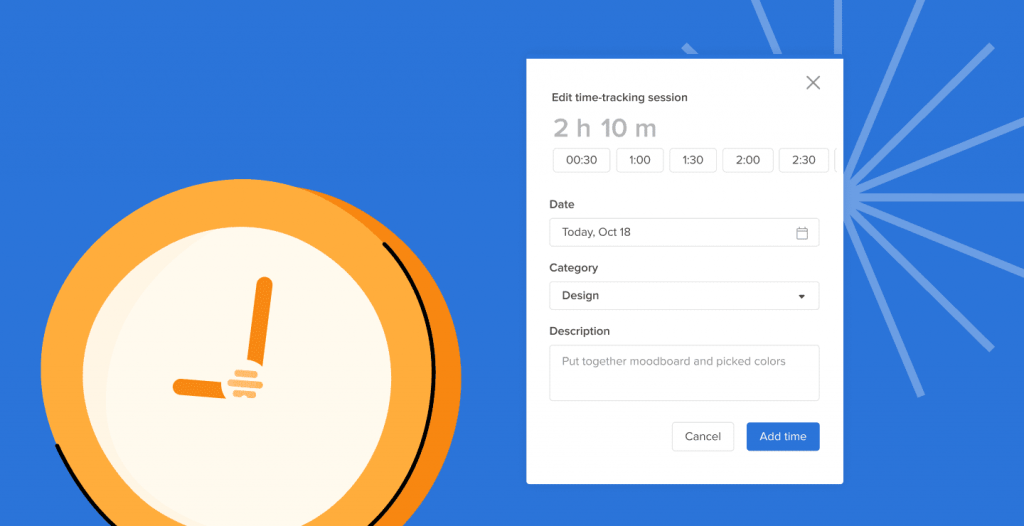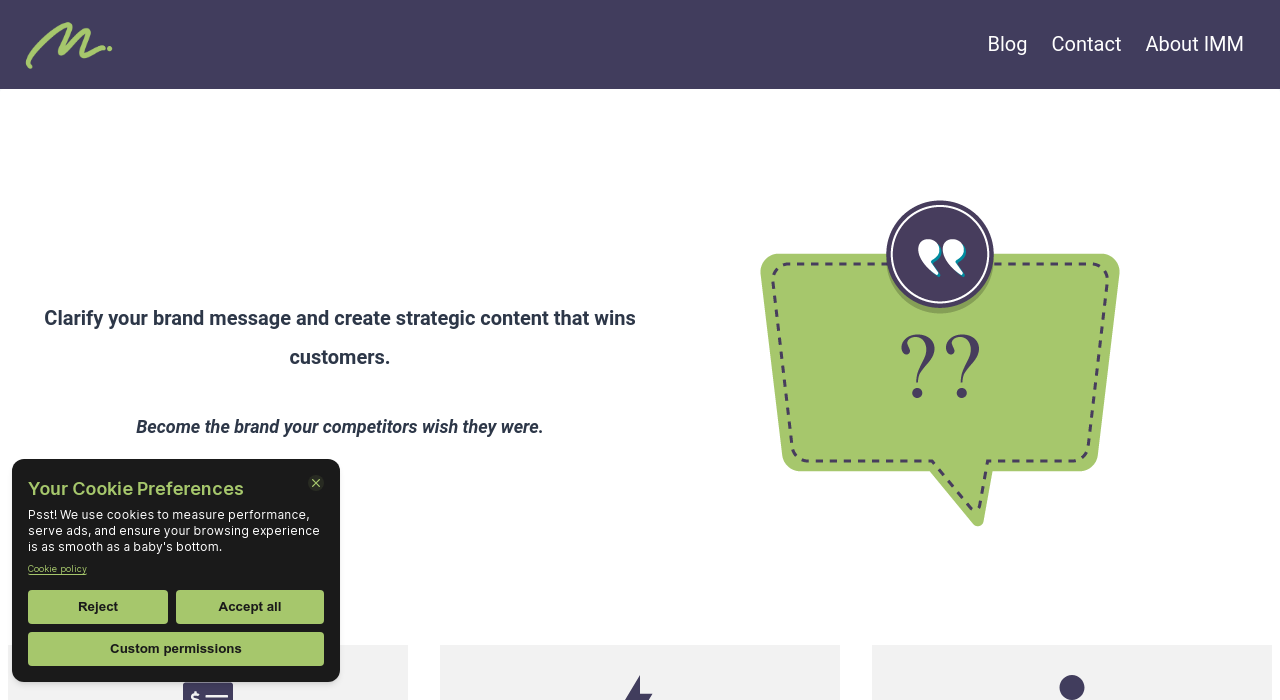Are you struggling to boost your sales team’s productivity? Managing a sales team isn’t just about setting targets—it’s about knowing where time is spent and how to use it better. Time tracking tools can change the game, helping your team work smarter, stay accountable, and make better decisions. Imagine clearly viewing your team’s daily activities, cutting out wasted time, and improving overall performance. This article will show you why time tracking tools are necessary for every sales team looking to succeed. Let’s dive into how these tools can help your team shine.

Enhancing Productivity and Efficiency
Time tracking tools like Toggl Track, Clockify, Time Doctor, and others help sales teams boost productivity. They can help:
Monitoring Time Spent on Various Tasks
Sales reps juggle numerous tasks daily, from cold calls to follow-up emails. Time tracking tools monitor how much time is spent on each task, helping reps and managers understand where time is being used efficiently and where it’s being wasted.
- Provides a clear picture of daily activities.
- Helps identify tasks that take longer than expected.
- Enables better time allocation for high-priority tasks.
Identifying Time-Wasting Activities
It’s easy for sales reps to get sidetracked by non-essential activities. Time tracking tools may highlight these time-wasting activities, allowing teams to eliminate or reduce them.
- Spot inefficiencies in the daily routine.
- Reduce time spent on unproductive tasks.
- Focus more on activities that drive sales.
Streamline Workflow and Task Management
Time tracking tools often come with features that help streamline workflows. This ensures that tasks are completed on time and that sales processes run smoothly.
- Automate task assignments and reminders.
- Integrate with CRM systems for seamless workflow management.
- Improve coordination and communication within the team.
Improving Accountability and Performance
Time tracking tools improve accountability and performance by:
Providing Clear Visibility of Individual and Team Activities
With time tracking tools, managers can see what each team member is working on at any given time. This transparency helps ensure everyone is contributing and working towards common goals.
- Track individual contributions to overall team goals.
- Ensure fair distribution of workload.
- Foster a culture of accountability.
Setting and Tracking Performance Goals
Time tracking tools allow managers to set specific performance goals and track progress. This helps keep the team focused and motivated.
- Set clear, measurable targets.
- Monitor progress in real time.
- Adjust goals and strategies based on performance data.
Encouraging Consistent Follow-Ups and Timely Responses
In sales, timely follow-ups can distinguish between closing a deal and losing a prospect. Time tracking tools ensure that follow-ups are done consistently and on time.
- Schedule and track follow-up activities.
- Avoid missed opportunities due to delayed responses.
- Maintain a high level of customer engagement.
Providing Actionable Insights
Time tracking tools provide valuable insights by:
Analyzing Data to Identify Trends and Patterns
Time tracking tools collect data on how time is spent across various activities. Analyzing this data can reveal trends and patterns that help improve sales strategies.
- Identify which activities yield the best results.
- Spot patterns in successful sales processes.
- Use insights to refine and optimize sales tactics.
Generating Detailed Reports for Performance Evaluation
Detailed reports generated by time tracking tools offer an in-depth look at team and individual performance. These reports are essential for evaluating success and identifying areas for improvement in the sales and marketing departments.
- Create comprehensive performance reports.
- Use data to conduct performance reviews.
- Make informed decisions based on solid evidence.
Offering Data-Driven Recommendations for Improvement
With the data provided by time tracking tools, managers can make data-driven recommendations to help improve sales team performance.
- Pinpoint areas needing improvement.
- Implement strategies based on data insights.
- Continuously refine processes for better results.

Getting Started with Time Tracking Tools
Can’t wait to use a time tracking tool for your sales team’s productivity? Follow these tips to get started.
- First, choose a time tracking tool that fits your business needs.
- Make sure it integrates well with your current systems.
- Look for features like task management, ease of use, and integration capabilities.
- Once you’ve picked a tool, set it up.
- Integrate it with your CRM and other sales tools.
- Ensure the setup is smooth, and the tool meets your team’s needs.
- Next, train your team on how to use the tool.
- Hold training sessions to explain its features.
- Encourage everyone to use it consistently.
- Offer support to address any issues or questions.
Final Thoughts
Time tracking tools can change the way your sales team works. They show you how time is spent and help cut out wasted hours. This makes your team more productive. These tools also keep everyone accountable. You can see who is doing what and when.
The data from these tools helps you make better decisions. You can improve your sales strategies and close more deals. To get started, look at the time tracking tools available. Pick one that fits your team. Watch your sales improve, and your team becomes more efficient. Transform your sales operations today and see the results.





